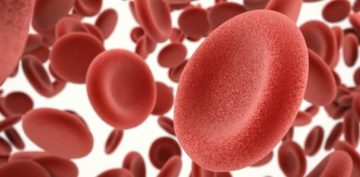Lukas Wesemann in Nature:
 Infectious diseases such as malaria remain a leading cause of death in many regions. This is partly because people there don’t have access to medical diagnostic tools that can detect these diseases (along with a range of non-infectious diseases) at an early stage, when there is more scope for treatment. It’s a challenge scientists have risen to, with a goal to democratize health care for economically disadvantaged people the world over. My colleagues and I have developed a new method for the investigation of biological cells which is small enough to fit into a smartphone lens. While we have so far only tested it in the lab, we hope in the future this nanotechnology could enable disease detection in real-world medical settings using just a mobile device. We hope our work can eventually help save millions of lives.
Infectious diseases such as malaria remain a leading cause of death in many regions. This is partly because people there don’t have access to medical diagnostic tools that can detect these diseases (along with a range of non-infectious diseases) at an early stage, when there is more scope for treatment. It’s a challenge scientists have risen to, with a goal to democratize health care for economically disadvantaged people the world over. My colleagues and I have developed a new method for the investigation of biological cells which is small enough to fit into a smartphone lens. While we have so far only tested it in the lab, we hope in the future this nanotechnology could enable disease detection in real-world medical settings using just a mobile device. We hope our work can eventually help save millions of lives.
How to investigate a biological cell
Being able to investigate biological cells through optical microscopes is a fundamental part of medical diagnostics. This is because specific changes in cells that can be observed under a microscope are often indicative of diseases. In the case of malaria, for example, the gold-standard method of detection involves using microscope images to identify specific changes in a patient’s red blood cells. But biological cells are good at hiding. Many of their internal features are practically transparent and almost invisible to conventional microscopes. To make these features visible, we need to apply tricks. One way is to introduce some sort of chemical staining, which adds contrast to the transparent features of cells.
More here.
